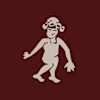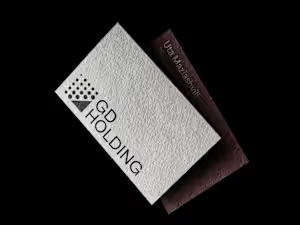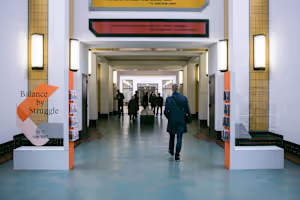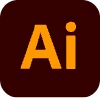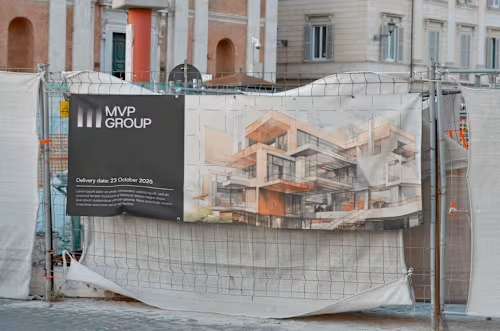
Brand Design
Contact for pricing
About this service
Summary
What's included
Logo
The primary visual representation of the brand. This can include variations for different use cases, such as full colour, one-colour, and grayscale versions.
Brand Guidelines/Style Guide
A comprehensive document that outlines the brand's visual identity, including logo usage, colour palettes, typography, and design principles.
Colour Palette
A selection of colours that are approved for use in all brand materials. This typically includes primary and secondary colours.
Typography Guidelines
Specifications for the fonts and typefaces that should be used in brand materials, including guidelines for headings, body text, and other text elements.
Stationery
Business cards, letterheads, envelopes, and other branded office materials with the logo and brand colours (specific list of items to be defined with the client)
Marketing Collateral
This can include brochures, flyers, posters, and other print materials that feature the brand's visual elements (specific list of items to be defined with the client)
Social Media Graphics
Profile images, cover photos, and other graphics for social media platforms that maintain brand consistency.
Digital Assets (if applicable)
Custom illustrations, icons, and other digital elements that enhance the brand's digital presence.
Custom Illustrations and Artwork (If applicable)
Unique artwork that can be used in various brand materials.
Packaging Design (Optional)
If applicable, design for product packaging that aligns with the brand's identity.
Website Design (Optional)
Design elements for the brand's website, including headers, footers, buttons, and other UI components.
Signage and Way-finding (Optional)
Design for physical signs and way-finding elements, especially for brick-and-mortar businesses.
Merchandise Design (Optional)
Branded merchandise like T-shirts, mugs, or promotional items.
